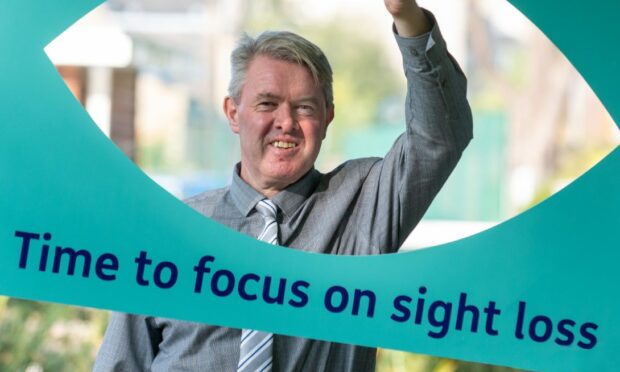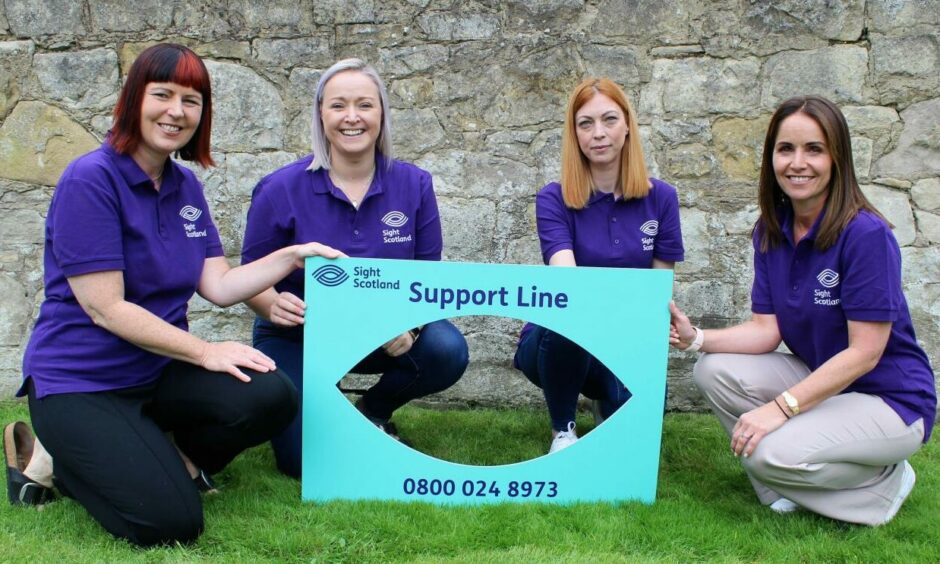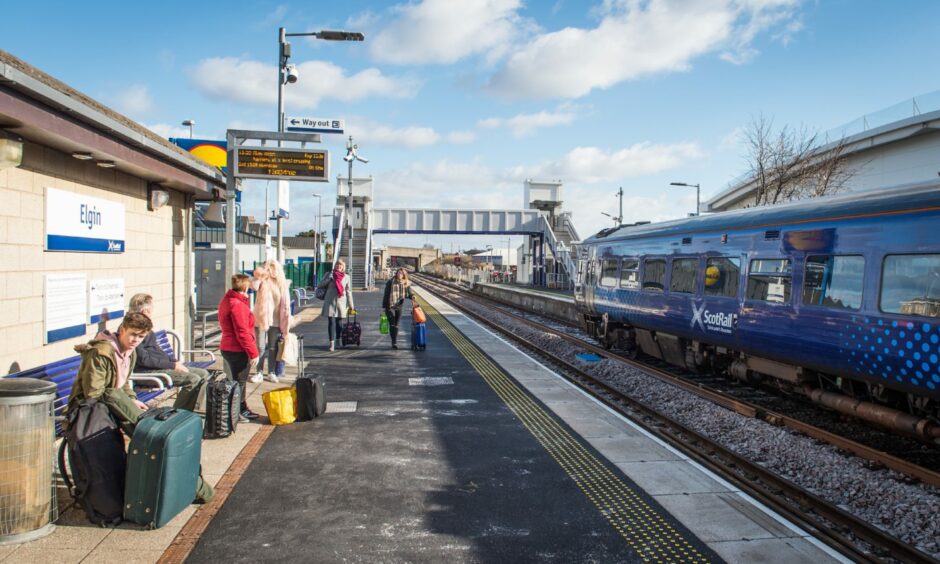Councils are being urged to hire more teachers for visually impaired youngsters and make public transport blind-friendly, with local elections just weeks away.
Two leading Scottish charities are calling for urgent changes, needed to empower people with sight loss and help them live independently.
Sight Scotland and Sight Scotland Veterans have released a manifesto, hoping to get the backing of candidates in May’s Scottish council elections.
The four key points they are raising are:
- Better involve blind and partially sighted people in town and city planning
- Hire more specialist teachers and provide other resources
- Link with charities to promote good eye health
- Ensure public transport is accessible and affordable
Getting about
Changes made to the infrastructure of cities around Scotland since the start of the pandemic. These have made everyday life more difficult for the blind and partially sighted.
Differences to pedestrian layouts, including the lack of tactile pavements and new cycle lanes have made getting around increasingly challenging.
Sight Scotland says it’s essential for local authorities to reach out to sight loss communities in their area for feedback.
It also wants them to impose pavement parking bans and review their Spaces For People changes.
National policy to stop local rail ‘confusion’
The two charities want a new national rail travel policy in Scotland to help people make safe journeys.
They say different schemes are in place in different parts of the country, “causing confusion” for passengers and staff.
They are also calling for councils to work with the Scottish Government on a new rail card system, offering free travel to blind people and their companions.
Lack of specialist teachers
Despite the increase of visually impaired pupils in Scottish schools, there are fewer teachers available to provide vital support, like teaching braille.
Over the last decade, the number of visually impaired youngsters in the classroom has more than doubled to almost 5,000.
These pupils need guaranteed hours with specialist staff to meet their needs.
The Sight Scotland manifesto is calling for councils to hire more specialist teachers, and join forces to create a national resource for all school staff.
Importance of working together
The charities say there are around 180,000 people in Scotland living with significant sight loss.
The impact of Covid has introduced additional hazards, and during this time, waiting times for eye specialists in the north and north-east increased dramatically too.
Craig Spalding, chief executive of Sight Scotland and Sight Scotland Veterans said: “As Scotland embarks upon its recovery from the pandemic, it’s essential that all local authorities prioritise sight loss to ensure visually impaired people are supported to live independently and well.”
He added: “The number of people in Scotland affected by visual impairment is rising… We believe it’s time for local authorities to focus on sight loss right now.”


